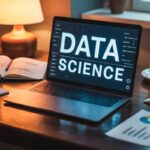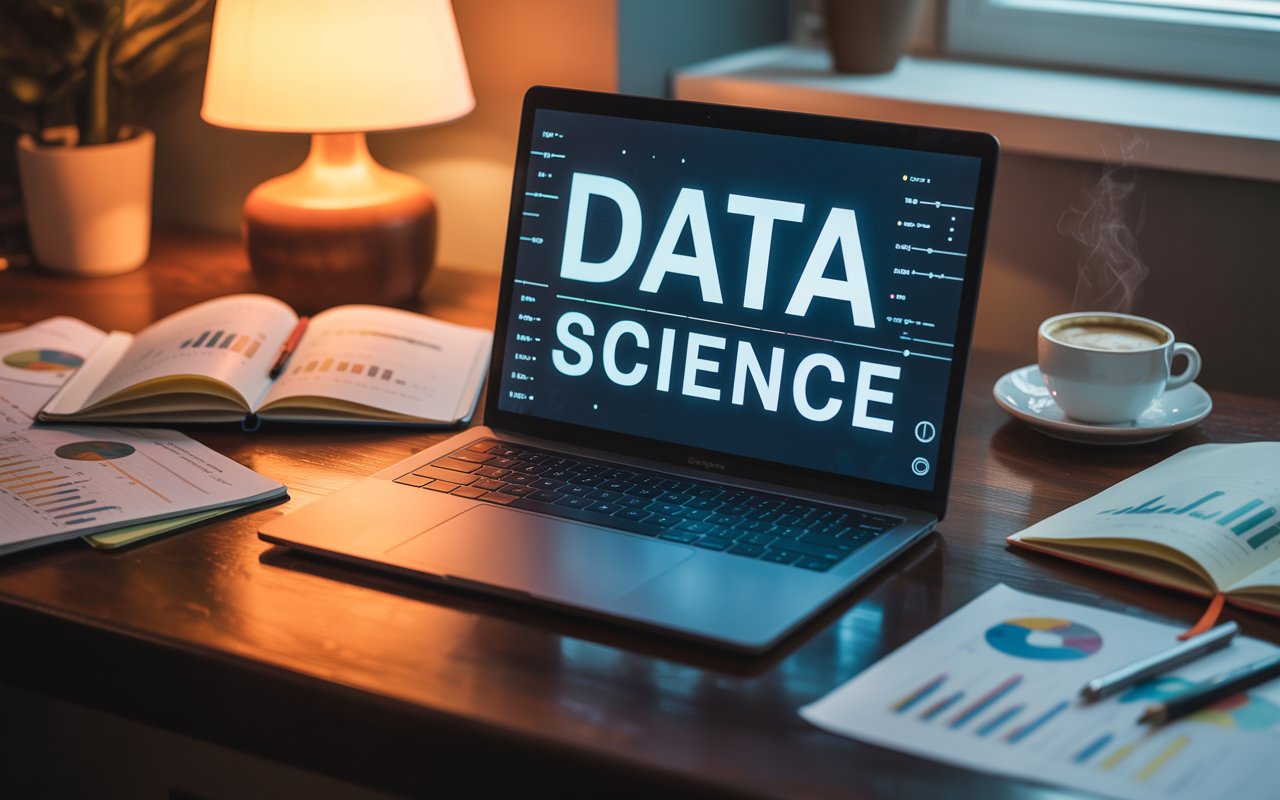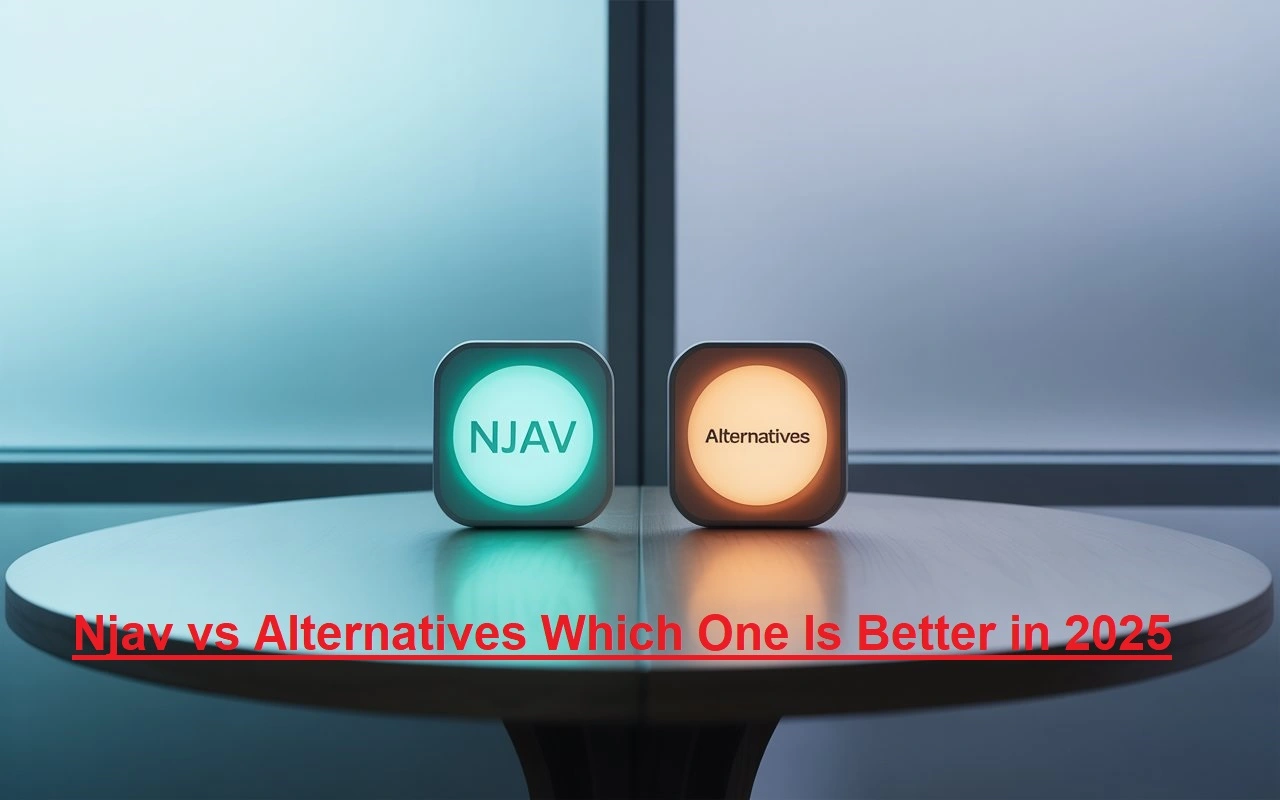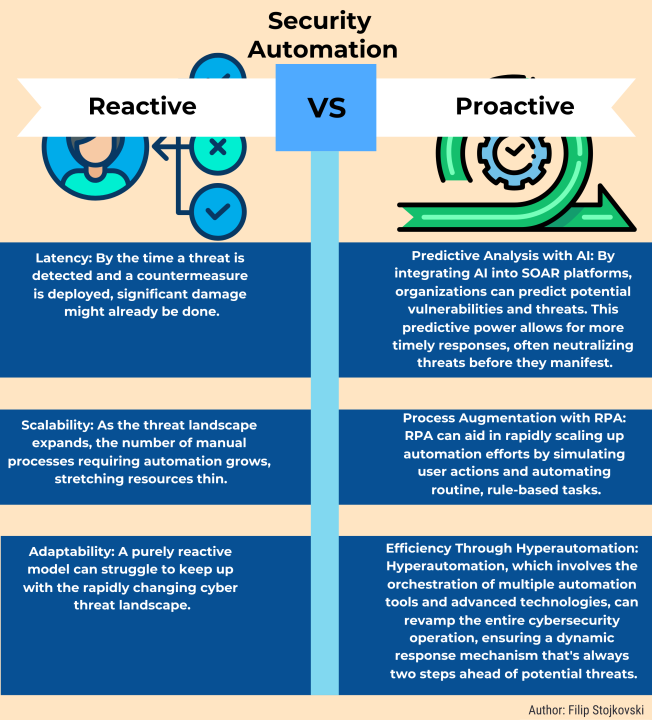Data science in unexpected places
We often imagine data science as something confined to corporate boardrooms or research labs, but its reach extends quietly into everyday routines. The push notification reminding you to hydrate, the curated playlist that seems to know your mood, or the energy grid balancing supply during peak hours all are outcomes of complex data pipelines working behind the scenes. What feels natural and intuitive is, in reality, carefully shaped by algorithms trained on vast pools of information.
Take healthcare, for example. Predictive analytics is increasingly used to identify early symptoms, allocate resources, and even reduce hospital readmissions. By analyzing patterns in patient records, systems can alert doctors before a crisis occurs. In transportation, traffic flow models update navigation apps to reroute vehicles in real time, cutting delays and fuel consumption. Each of these improvements appears seamless to the end user, but they are powered by deep statistical reasoning and computational models.
For learners curious about uncovering the mechanics of such systems, pursuing a Data Science course provides the structured foundation to decode what lies behind these invisible processes. It goes beyond coding or statistics; it builds a way of seeing patterns, questioning data, and connecting technical insights to real-world outcomes.
The limits of invisible efficiency
But with this hidden influence comes important questions. Algorithms are not neutral; they reflect the data they are trained on. A loan approval system could unintentionally disadvantage certain communities. A recruitment model might favor one demographic over another without transparent justification. These scenarios reveal the boundaries of efficiency when unchecked by ethical oversight.
This is why interpretability and responsibility remain central to data science. Transparency in modeling, active monitoring for bias, and a strong ethical framework ensure that data-driven systems remain fair and trustworthy. The invisible architect may be powerful, but without human judgment, it risks reproducing existing inequities at scale.
What makes this moment significant
One striking shift today is the accessibility of advanced tools. Open-source platforms, cloud resources, and collaborative communities allow individuals to experiment with techniques once reserved for large institutions. This democratization broadens participation, meaning innovation can now come from a student in a small town as much as from a global tech company. Yet accessibility also magnifies the need for rigorous training. Without a strong foundation, misinterpretation of results can be as harmful as ignorance.
For professionals aiming to contribute meaningfully, programs like a Data Science elite course do more than provide technical training. They encourage learners to balance efficiency with accountability, accuracy with fairness, and automation with human oversight. Such depth prepares practitioners not just to build systems but to build them responsibly.
So, where does this leave us?
The unseen hand of data science guides music playlists, shopping experiences, healthcare interventions, and even how governments prepare budgets. Its influence is subtle but profound, reshaping industries and individual decisions alike. What makes it powerful is not only its ability to process data at scale but also its invisibility—working quietly, almost unnoticed, in the background of modern life.
For individuals and organizations, the lesson is clear: data science is no longer an optional skillset or curiosity; it is becoming a universal language of problem-solving. The more we understand its logic, the better we can ensure it serves us fairly and effectively. Recognizing, questioning, and learning about these hidden processes is not just a professional advantage it is a civic necessity in a world increasingly governed by silent algorithms.







